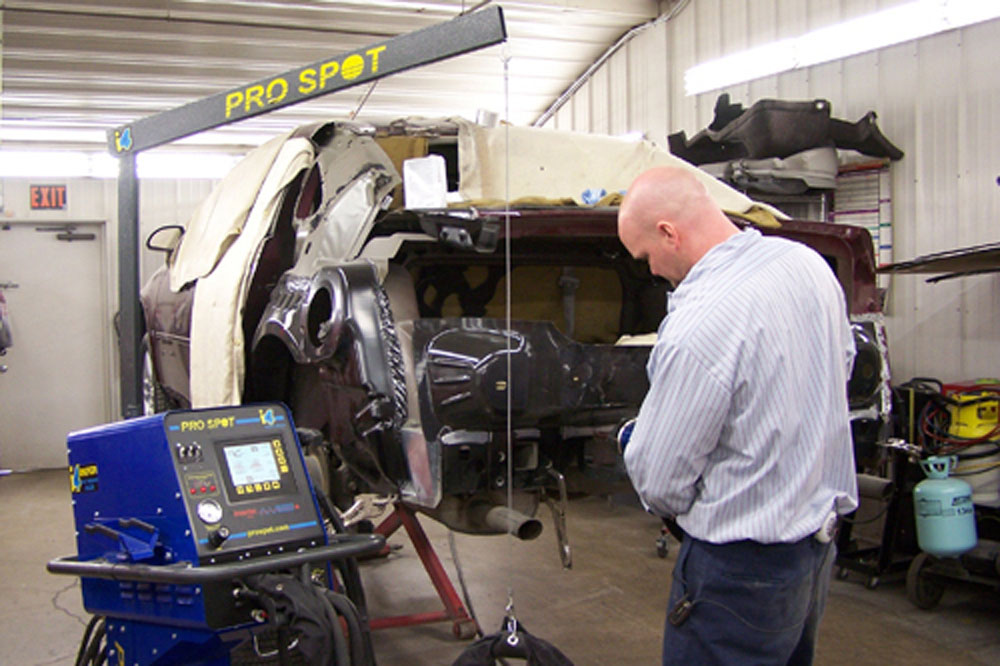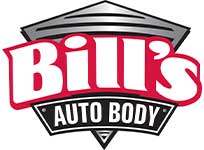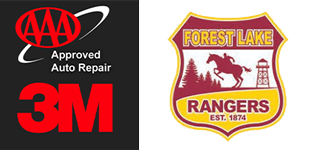
Every year, approximately two million rear-end incidents occur on America’s roads, making them the most prevalent sort of vehicle collision. Some of these collisions are quite catastrophic, resulting in injuries to both automobiles’ passengers, while others are mild and inflict just little damage.
Even these minor crashes, however, should always be thoroughly investigated because autobody damage is not always obvious to the human eye. That is why, after any type of collision, it is critical to inspect your autobody to ensure that there is no inside damage in addition to the evident structural damage.
Problems with Autobody Alignment
Problems with alignment are a typical sort of damage that happens during a rear-end accident.
It’s possible that you’ve developed alignment issues if you find your vehicle dragging to one side of the road or the other as you drive. If you notice that the vehicle rattles or that the steering is noisy when driving, you may have an alignment problem.
Make sure your tires aren’t wearing unevenly or squealing while you’re driving.
When a vehicle’s alignment is even slightly incorrect, the suspension, tires, and steering are all put under extra strain. This will cause them to wear out considerably faster than they would otherwise, as well as posing some serious safety risks. If you suspect a rear-end misalignment, have it checked out as soon as possible before it becomes a safety hazard while driving.
Damage to the engine
Automobile engines are incredibly fragile and sophisticated, and if you are involved in a rear-end collision, your engine’s performance may be impacted. If the check engine light comes on following a rear-end collision, you should always have it checked out by your mechanic right away. It’s also possible that a rear-end collision will harm your car’s drivetrain.
The force of the hit might cause damage to the catalytic converter, muffler, engine mounts, and exhaust manifold by propelling the exhaust system forward. All-wheel-drive and rear-wheel-drive vehicles both include transmission components in the rear, which might be destroyed in a collision.
Monitor any indicators of leaking transmission fluid or any troubles you detect while shifting or accelerating for signs that your transmission may have been damaged.
Suspension Issues
A car’s suspension system is critical for maintaining vehicle control and providing a comfortable ride for passengers. The suspension system’s job is to maximize traction between the road and your tires, allowing the driver to maneuver the car efficiently. It has the effect of safeguarding passengers within the vehicle and controlling the impact of road conditions.
Rear-end crashes frequently result in frame damage, which puts additional stress on the suspension system, leading the struts and other components to wear out faster. Any ensuing misalignment can put greater strain on your suspension system’s components.
When the suspension isn’t working properly, the ride becomes much harsher and the automobile becomes more difficult to steer. If you don’t take care of this right away, it could end up posing a safety risk.
Electrical Problems
Vehicles today are significantly more technologically advanced than they have ever been. Even a little collision might result in loosened wires in your vehicle, such as the brake lights, taillights, or battery.
Because all of these components are critical to ensuring road safety, it’s critical that they remain in good working order, especially after a rear-end incident. In most circumstances, a technician will need to thoroughly inspect the electrical components of your vehicle to ensure that no damage has happened.
Damage to the trunk
Although trunk damage is unlikely to impede vehicle operation, it should not be disregarded when analyzing overall autobody damage following an accident. It’s likely that problems with your trunk pose a safety risk, as well as lowering the value of your vehicle. Your trunk should be able to open and close effortlessly at all times, and you should be able to lock it securely when necessary.
A damaged trunk could pop up at any time while driving down the road, obstructing your view of cars behind you. It could also scare a driver behind you, resulting in a rear-end collision. Even if it does not appear to be a major risk, you should constantly inspect your trunk to ensure that no damage has happened.
What to watch for in the aftermath of a rear-end crash
After a rear-end collision, stroll around the vehicle to check what’s clearly apparent and look for any problems.
Observing the autobody damage after a rear-end collision should give you a good indication of what you’ll be dealing with when you take your vehicle in for repairs.
After an accident, it’s usually better to have a professional inspect your vehicle thoroughly because there are often flaws that aren’t evident to the naked eye or the untrained eye. In the aftermath of a collision, having a trained technician evaluate your vehicle’s autobody is always the best option.


